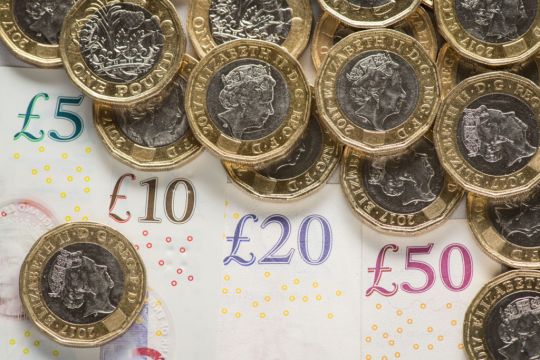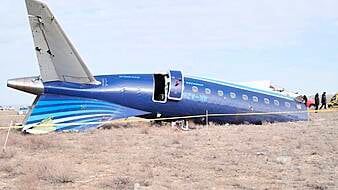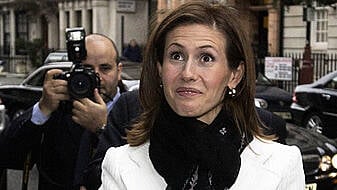The UK’s economic bounceback was faster than first thought in the second quarter as spending surged after lockdowns lifted, according to official figures.
The UK Office for National Statistics (ONS) said gross domestic product (GDP) increased by 5.5 per cent between April and June after being revised up from the initial estimation of 4.8 per cent.
The ONS said this meant GDP was 3.3 per cent below where it was in the final quarter of 2019 before the pandemic struck, against the 4.4 per cent previously estimated.
The biggest driver of the upward GDP revision was household spending, which contributed four percentage points of the 5.5 per cent increase as restrictions eased to allow outdoor dining in April with further restrictions lifted in May.
GDP grew by 5.5% in Quarter 2 (Apr to June) 2021, revised up from the previous estimate of 4.8%.
Today’s data include various improvements to sources and methods and are consistent with our annual Blue Book, published next month https://t.co/grZbF2XbDE pic.twitter.com/uHkmKEUtNXAdvertisement— Office for National Statistics (ONS) (@ONS) September 30, 2021
But while pent-up demand after the early 2021 lockdown saw Britons ramp up their spending, more recent GDP figures have shown a marked slowdown in the growth recovery.
Figures earlier this month showed economic growth eased to 0.1 per cent in July, down from 1.4 per cent in June, and there are fears the supply chain woes are furthering hampering the recovery.
Jonathan Athow, deputy national statistician at the ONS, said: “The economy grew more in the second quarter than previously estimated, with the latest data showing health services and the arts performing better than initially thought.
“The revised figures also show households have been saving less in recent years than previously thought.
We’ve published a new blog post from Head of National Accounts Craig McLaren, looking at the changes to GDP introduced today https://t.co/aLTJPkh0Ga
— Office for National Statistics (ONS) (@ONS) September 30, 2021
“Household saving fell particularly strongly in the latest quarter from the record highs seen during the pandemic, as many people were again able to spend on shopping, eating out and driving their cars.”
The ONS added that its revisions come after it has made “numerous improvements to sources and methods”, with more complete data also from the health sector.
In the quarterly national accounts, the ONS also revised the first-quarter figure for 2021, estimating the economy now contracted by a better-than-first-feared 1.4 per cent, against 1.6 per cent previously.
It added that the economy contracted by a record 9.7 per cent in 2020, having previously estimated a 9.8 per cent decline.
The latest data shows household spending jumped 7.9 per cent in the second quarter, while the savings ratio fell to 11.7 per cent from 18.4 per cent in the first three months of 2021, which was the second highest on record.
However, many sectors are being held back by the current supply chain crisis and lorry driver shortage, while there are worries that soaring inflation will see consumers rein in their spending.
The Bank of England recently slashed its expectations for third quarter growth to 2.1 per cent from 2.9 per cent previously forecast in August, partly blaming the more pessimistic view on the supply chain issues and labour shortages.
Separately, figures from the ONS also showed the UK’s current account deficit, excluding non-monetary gold and other precious metals — a measure of the country’s balance of payments with the rest of the world — widened to £10.2 billion in the second quarter — or 1.8 per cent of GDP.







